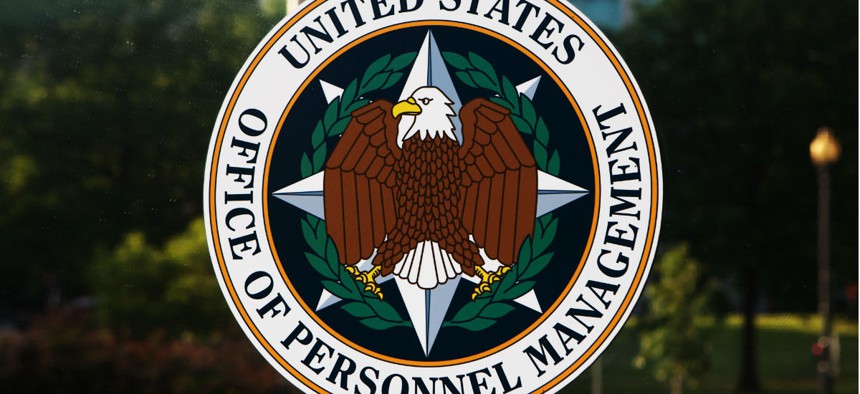
Mark Van Scyoc/Shutterstock.com
OPM Issues Guidance on Executive Orders, But Many Questions Remain
Agencies are instructed not to violate existing collective bargaining agreements, but that will be tricky.
Office of Personnel Management Director Jeff Pon on Thursday released guidance for agencies to implement President Trump’s recent executive orders aimed at making it easier to fire employees and reducing the influence of federal employee unions.
And while the memos spell out a laundry list of tasks for departments to carry out, much remains unclear about how leaders should handle existing collective bargaining agreements.
Pon wrote that his agency is in the process of reviewing the need for new regulations and preparing them for proposal and public comment. And by July 9, agencies are expected to issue new policies governing discipline and performance management that don’t require action from OPM.
Most deadlines relating to the collective bargaining order are in flux, Pon wrote, dependent on when collective bargaining agreements either expire or have a reopener clause, which allows parties to renegotiate before the end of a CBA’s term. Pon instructed agencies to institute limits on official time by July 9, with the caveat that implementation be “consistent with [agencies’] obligations under collective bargaining agreements in force on the date of this order.”
In May, Trump signed three controversial executive orders governing federal workforce practices. The first instructs agencies to standardize the performance improvement plan at 30 days in most instances and to exempt firings and other adverse personnel actions from grievance procedures. Another order seeks to set time limits on CBA negotiations with federal unions and sets up an inter-agency labor-management relations working group to study existing CBAs and develop best practices and strategies for management to use in negotiations. And the third aims to cap employees’ use of official time at 25 percent of their work hours, restrict the activities allowed under the practice, and cut off unions’ access to agency property and office space.
The executive orders are the target of a legal challenge brought forth by 15 unions representing federal employees, which is slated for a hearing July 25.
Despite the guidance from Pon, it is still not clear how agencies will be expected to implement aspects of the executive order that conflict with existing collective bargaining agreements. Although Pon states that the executive orders do not “abrogate provisions of existing collective bargaining agreements,” he insists agencies move to renegotiate CBAs at the “earliest date permitted by law.”
Additionally, he suggested that agencies implement these new policies unilaterally when a CBA expires. Ordinarily, agencies and labor groups agree to continue to abide by an expired CBA if needed as both parties negotiate a new agreement.
“The EO directs agencies, at the earliest moment the law permits, to renegotiate any collective bargaining agreement provision that is inconsistent with the EO or with any final Office of Personnel Management regulations promulgated pursuant to the EO subject to applicable law,” Pon wrote. “EOs possess the force of governmentwide rules. Therefore, provisions of the EO are effective on the date the CBA expires or rolls over, whether or not the CBA is reopened for negotiations.”
Pon also suggests that agencies consult with legal counsel and the labor relations office about “how to implement the provisions of the EO that conflict with an existing and currently effective CBA.” An OPM spokesperson was not immediately available to clarify how agencies should handle requirements that conflict with existing collective bargaining agreements.
Some agencies have already taken steps to implement the executive orders, despite union outcry. The Housing and Urban Development Department plans to evict the American Federation of Government Employees from its offices next week, despite the fact that officials recently began ground-rule negotiations for a new CBA.
And union officials and observers fear that a key vacancy at the Federal Labor Relations Authority means that agencies will be able to engage in unfair labor practices without oversight, effectively blocking the unions' ability to appeal.







